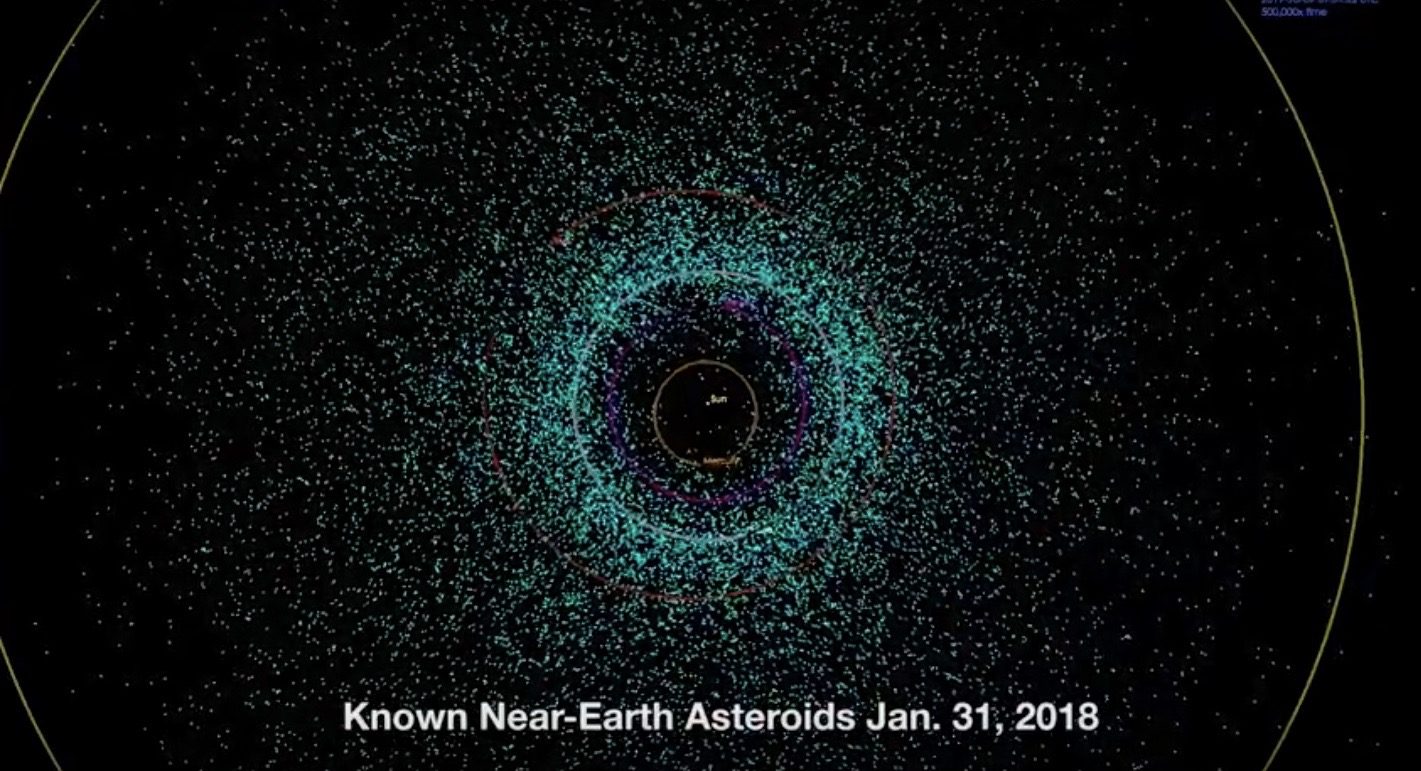Asteroide 2019 SR8 anses af NATO for at være et nær-jords-object, eller Near Earth Object (NEO) smuttede forbi os i en afstand af 3 millioner kilometer omkring s considered a 'near-Earth object' or NEO by NASA, and whizzed past us at a distance of over 3 million miles around 02:45 UTC Onsdag. SR8 måler mellem 20 og 44 meter.
Til sammenligning er Roms Colosseum 48 meter højt og det skæve tår i Pisa er 56 meter højt. Imidlertid er det ikke den sidste forbipassage (Eng: flyby).
Kommentar: Delvist oversat af Sott.net fra: An asteroid flew past Earth last night. No one knew about it until it was gone
Se også: NASA warns space rock twice the size of Eiffel Tower due to skim past Earth in November
Brilliant midnight meteor fireball lights up sky over northeast China
Daytime fireball meteor explodes over Queensland emitting a deafening sonic boom
Fra den engelske kommentar skrevet den 16. oktober 2019: Der er tydeligvis langt flere asteroider/kometer i det indre solsystem i disse dage. Dette er klart forbundet med at antallet af ildkugler er steget kraftigt. Og alligevel nægter medierne stadig at røre ved denne historie!
Hvad skal der til for at få emnet får opmærksomhed? Et splat???
Bare i uge 41 var der 16 NEO forbipassager:
Asteroid swarm: SEVEN asteroids to zoom past Earth today! NINE more later this week...
Incoming! ANOTHER asteroid - discovered just today - to make fly-by this week
Size matters
A house-sized meteorite exploding in the Earth's atmosphere could produce a force greater than that of the nuclear bomb dropped on Hiroshima in 1945. A space rock with a diameter of roughly the same height as a 22-story building, would level an area on Earth the size of central Paris.
Half a mile wide is where asteroids start having truly global consequences. One such space rock would destroy an area the size of the US state of Virginia, triggering massive earthquakes felt thousands of miles away, while simultaneously throwing up a dust cloud that would block out the sun.
Beyond this size, we have the asteroid that is believed to have wiped out the dinosaurs. This category is populated by London-sized asteroids (and above) that would trigger extinction-level events, and even hit hard enough to slow down the Earth's rotation and make the day last almost half a second longer.




Læserkommentarer
dig vores Nyhedsbrev